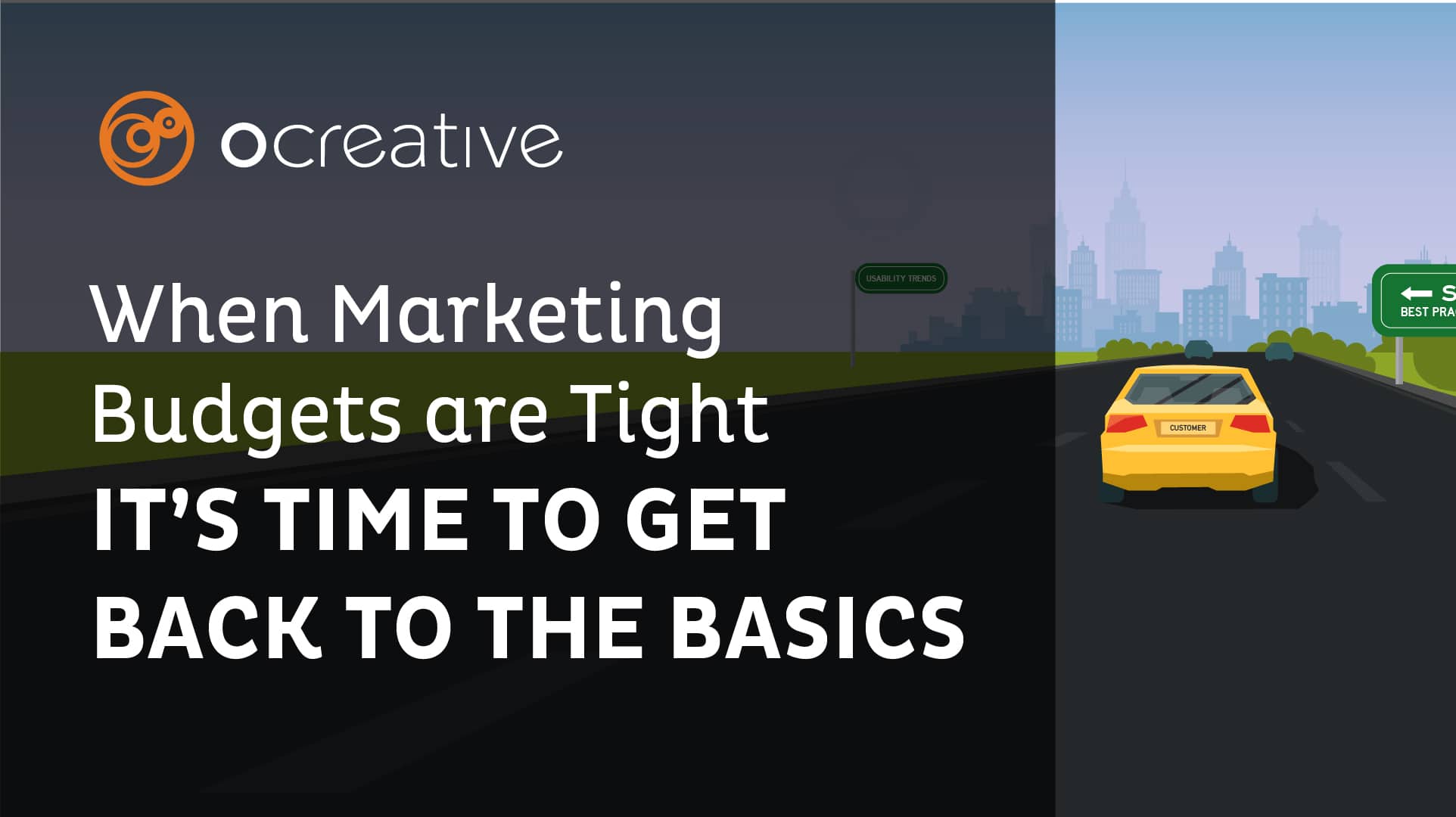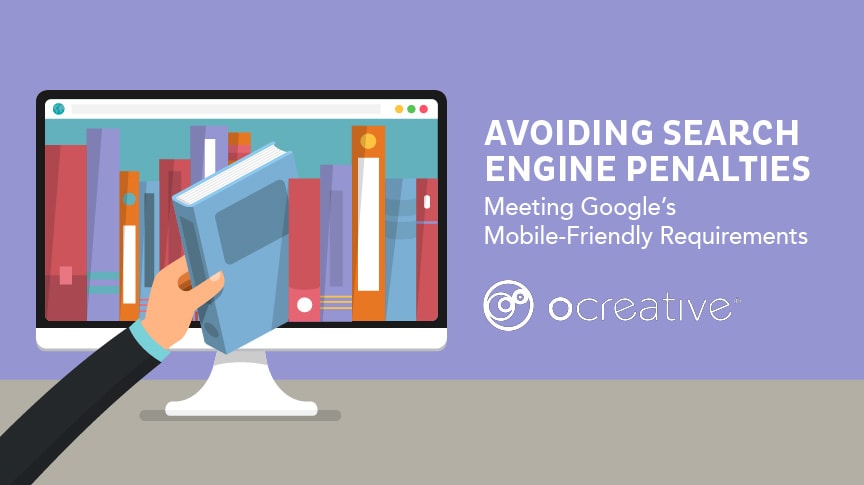A navigation menu is a distilled list of clearly labeled content categories used to guide traffic to specific information structures within the website. These categories are generally presented as a set of links or icons grouped together with visual styling and are distinct from the rest of the site’s design. (Nielson Norman Group). When structured correctly, navigation menus should effectively guide users through a series of actions to accomplish the business’s objectives. For example, companies that sell products or services should make it clear where users can find and buy their offerings. Organizations seeking donations should emphasize their mission and impact coupled with distinct opportunities for users to donate. While it seems common sense navigation menus can easily get derailed by over thinking, overlooking, or over working the site map.
To help avoid the pitfalls of a poor menu structure and bad user experience, we’ve put together three important tips to consider when developing navigation structure and site maps. Highlight your strengths, group key information together, and don’t try to reinvent the wheel.

1 – Highlight Your Strengths
In today’s market, there’s no doubt that businesses and organizations offer a wide range of products or services to remain competitive and offer a total solution to consumers. While businesses may offer a particular product or service, it doesn’t always mean they like to do it or that it’s that profitable for them. New clients are always amazed when we ask them what they want to do rather than what they offer. It’s not to say a business should give up a product or service, but rather, use the psychology of hierarchy to list products and services in order of importance. According to Medium, “It’s important to fully understand the users requirements in terms of information hierarchy and match the visual hierarchy accordingly — that is to say that they will notice the MOST important information first and the LEAST, last.” We take this a step farther, by incorporating a business’s overall goals to the structure of the site.

For example, if a building contractor is more interested in large scale projects, they would list larger service options like remodeling and new construction first and smaller services like window installation or siding replacement second. If they are really looking to par down requests for these services, they would remove them from the menu altogether and add them as additional or optional services attached to the other service categories.
2 – Group Key Information Together
Even websites containing small to moderate amounts of information need to have a basic information structure to help users find what they’re looking for easily. Creating a navigation structure that is easy to follow and easy to use is a key component to helping guide users to relevant information. Grouping like information when developing your site map is one of the easiest ways to achieve a strong navigation experience.
Picture a restaurant menu: beverages are with beverages, entrees with entrees, sides with sides, etc. When categorizing your website content, use this same principle to group similar types of information together. Begin by evaluating other websites, specifically those that offer similar services, to experience how others are displaying their content. Take note of what makes logical sense and what is easy to navigate. You can take your strategy a step further by surveying potential users and reading industry-relevant web development news to help determine what information to share and how to do it. Take what you’ve learned and determine a core list of categories that relay your business effectively and begin to integrate them into a site map. There are several tools to help develop content categorization including card sorting, website planning systems like SlickPlan, and even organic outlining using pen and paper.

3 – Don’t Try to Reinvent the Wheel
There’s a lot of excitement that comes with developing a new or rebranded site. It is a great opportunity to get creative and bring new life to your business or organization. That being said, too much creativity can hinder user experience. Users depend on a series of assumptions based on prior interactions, known as mental models, to make navigation decisions. Breaking from commonly understood or expected navigation or labeling techniques for untested or unfamiliar formats is more likely to confuse and annoy users, rather than delight and amuse them.

Truth be told, helping users navigate your site effectively should be paramount in the design and development of your new or rebranded website. Always keep the user at the center of your development strategy to ensure positive interactions with your target audience. Keep it clean, keep it recognizable, and keep it focused. If you are unsure of the effectiveness of your site map or navigation, reach out to Ocreative for a quick review!
About Us
Ocreative is a Milwaukee marketing agency, with expertise and broad experience in developing digital marketing strategies, and growing their online presence, for their clients. The company’s core values include offering the highest level of customer service, award-worthy quality, and performance that surpasses client expectations. Ocreative is located just outside Milwaukee, and works with clients locally, nationally, and globally. Their clients have access to some of the most fun and knowledgeable professionals around – ones who inspire, educate, and problem solve. The agency provides marketing and brand strategy, advertising and design, website design and social media, and video expertise to their clients, fulfilling their desire for business growth, and their aspiration to make a mark on their industry.





